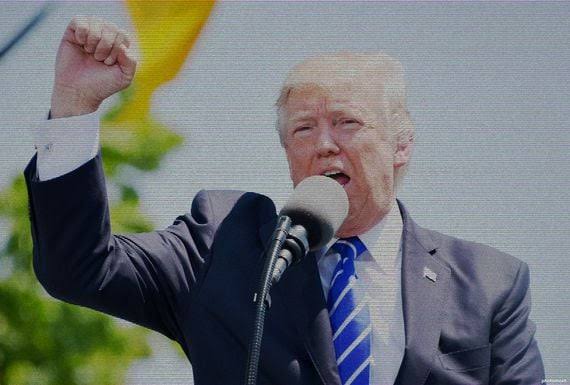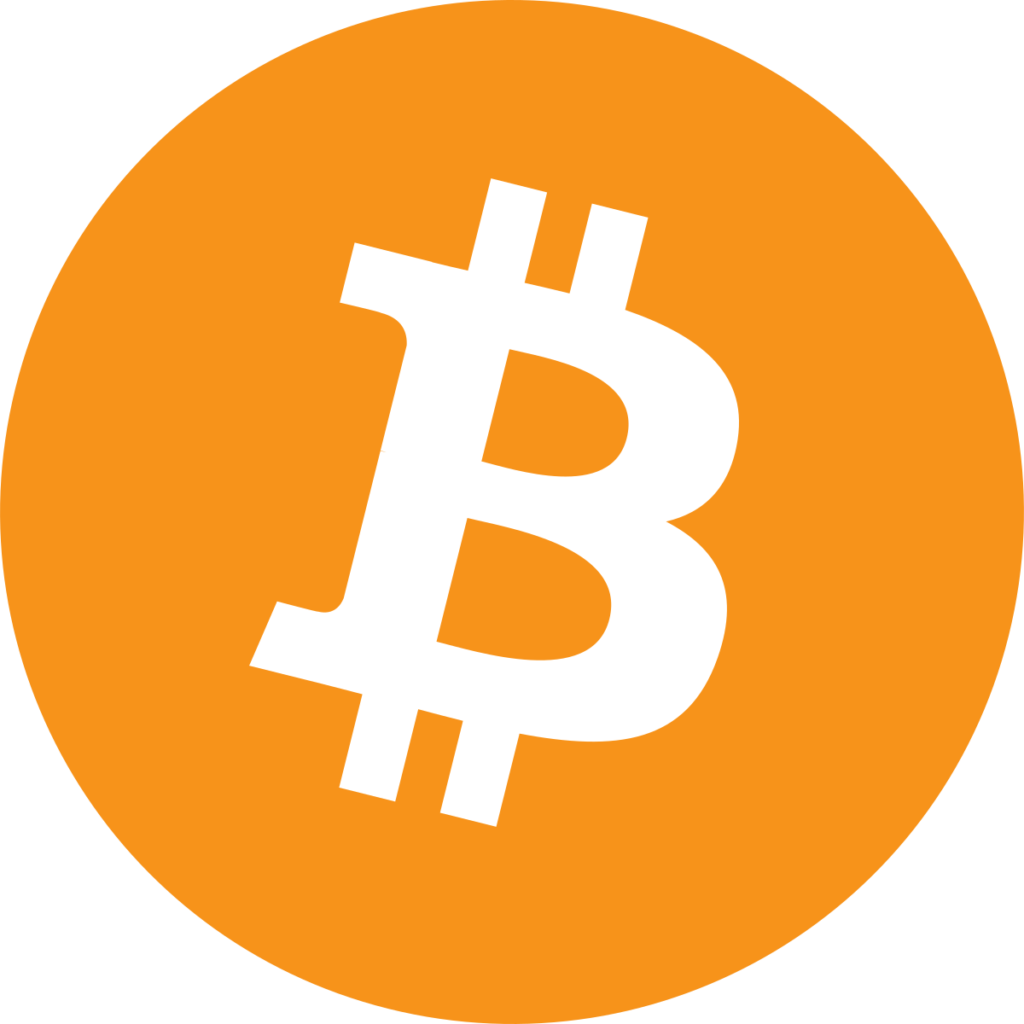The reality about the Trump-Backed Crypto Project is explained as In a rapidly evolving cryptocurrency landscape, new projects emerge almost daily, but few attract as much attention as those backed by influential figuresTrump-Backed Crypto Project One such project, World Liberty Financial (WLFI), has captured headlines, partly due to its association with former U.S. President Donald Trump and his sons. Touted as a solution to the “rigged” traditional finance system, World Liberty Financial promises to democratize finance, putting the power back into the hands of everyday people. However, recent revelations about the project’s token allocation have raised questions about whether it truly delivers on that promise.

Overview of World Liberty Financial and Its Ambitions
World Liberty Financial, a crypto lending platform, is promoted by Donald Trump and his family. At its core, the platform claims to offer a new way for individuals to participate in the financial system without the constraints imposed by traditional banking institutions. In its marketing materials, the project positions itself as a revolutionary financial tool that combats the perceived unfairness in the current system, aligning with populist narratives that echo Trump’s political messaging.
The platform will issue WLFI tokens, a governance token designed to enable holders to participate in decision-making processes about the platform’s future direction. Governance tokens have become a common feature of decentralized finance (DeFi) projects, allowing token holders to vote on proposals that shape the development of the platform. However, governance tokens also concentrate power among a few key holders if distributed unevenly, as is the case with WLFI.
The Token Allocation Controversy
According to a draft of the World Liberty Financial white paper obtained by CoinDesk, a staggering 70% of WLFI tokens will be allocated to insiders, including the founding team, service providers, and others closely involved in the project. This leaves only 30% of the tokens to be distributed via a public sale, making it difficult for regular investors to gain significant influence over the platform.
Moreover, some of the proceeds from the public sale will be directed back to insiders, further consolidating control among the project’s leadership. Such a high allocation of tokens to insiders is uncommon in the cryptocurrency world, where more equitable distribution models are typically favored.
How Does WLFI Compare to Other Crypto Projects?

To fully understand the implications of a 70% insider token allocation, it’s essential to compare World Liberty Financial with other well-known blockchain projects. Here are a few examples:
- Ethereum (ETH): When Ethereum launched its Genesis block, only 16.6% of the total ether supply was allocated to the Ethereum Foundation and early contributors. Even with this relatively modest allocation, co-founder Vitalik Buterin later remarked that early contributors received less than initially anticipated. Ethereum’s decentralized nature and wide distribution of tokens have been pivotal in its success and adoption.
- Cardano (ADA): Another prominent blockchain project, Cardano, allocated around 20% of its ADA tokens to three companies that helped launch the network. While higher than Ethereum’s allocation, it is still significantly less than World Liberty Financial’s 70% insider allocation.
- Bitcoin (BTC): Satoshi Nakamoto, the pseudonymous creator of Bitcoin, is estimated to hold only about 5% of Bitcoin’s total supply. This relatively low percentage of insider ownership has contributed to Bitcoin’s reputation as a decentralized, censorship-resistant currency.
These examples illustrate that WLFI’s 70% insider allocation is highly unusual, especially when compared to successful projects that prioritize broader token distribution to foster decentralization and trust among users.
Potential Risks of High Insider Token Allocation
The concentration of such a large percentage of WLFI tokens among insiders raises concerns about the project’s long-term sustainability and fairness. Here are some potential risks associated with a high insider allocation:
1. Centralized Control
One of the key principles of blockchain technology and decentralized finance is the distribution of power among participants. With 70% of WLFI tokens in the hands of insiders, the platform may lack the true decentralization it promises. The concentrated control could lead to decisions being made that primarily benefit insiders rather than the broader community of token holders.
2. Market Manipulation
With such a significant share of tokens, insiders could potentially manipulate the market price of WLFI tokens. For instance, they could sell large portions of their tokens to profit at the expense of public investors, leading to price volatility and a lack of trust in the platform.
3. Lack of Investor Confidence
Projects that allocate too many tokens to insiders often struggle to attract long-term investors. The high insider ownership could be perceived as a red flag, deterring potential investors from participating in the public sale. Without a strong base of investors, the project may face liquidity challenges or fail to achieve widespread adoption.
4. Regulatory Scrutiny
Given that World Liberty Financial is associated with high-profile figures like Donald Trump, the project may attract increased regulatory scrutiny. If regulators determine that the token allocation is unfair or that the project misleads investors, it could face legal challenges or penalties.
The Promise of World Liberty Financial

Despite concerns surrounding token allocation, World Liberty Financial continues to promote itself as a game-changer in the world of finance. The platform promises to empower everyday people, particularly those who have been underserved or disenfranchised by the traditional banking system. Its lending model, powered by blockchain technology, aims to offer more equitable access to capital, with fewer intermediaries and lower fees than conventional banks.
Additionally, the use of WLFI governance tokens is intended to provide users with a say in the platform’s future, allowing them to vote on key issues such as interest rates, loan terms, and platform upgrades. In theory, this participatory model should lead to a more transparent and democratic financial system.
The Disconnect Between Marketing and Reality
However, the revelations about the token distribution raise questions about whether World Liberty Financial truly intends to live up to its marketing promises. The high insider allocation suggests that the platform may be more focused on enriching its founders and key contributors than on empowering the broader public. While the project’s rhetoric emphasizes the need to challenge the “rigged” traditional finance system, the tokenomics indicate that much of the power will remain concentrated in the hands of a select few.
Moreover, the fact behind Trump-Backed Crypto Project that some proceeds from the public sale will also be directed to insiders further dilutes the notion of democratized finance. This could undermine the trust of potential investors and users, who may view the platform as another example of the very system it claims to disrupt.
A Pattern of Trump-Backed Crypto Projects
World Liberty Financial is not the first Trump-backed crypto project venture to generate controversy. Throughout his business and political career, Donald Trump has been involved in numerous projects that have raised eyebrows, from Trump University to his real estate ventures. While some of these projects have succeeded, others have been criticized for making grand promises while delivering less-than-stellar results. The association of Trump’s name with World Liberty Financial adds an additional layer of scrutiny, as both supporters and critics of the former president will be watching closely to see how this project unfolds because Trump-Backed Crypto Project.
The Future of World Liberty Financial
As World Liberty Financial prepares to launch, the project faces significant challenges. Trump-Backed Crypto Project that concerns surrounding the 70% token allocation to insiders will need to be addressed if the platform hopes to gain traction among investors and users. Moreover, the project’s leadership will need to prove that it is committed to creating a truly decentralized and transparent financial system, rather than one that disproportionately benefits its insiders.
In the coming months, it will be crucial to monitor how the public sale of WLFI tokens progresses and whether the platform is able to build a broad and engaged community. Transparency in governance, fair token distribution, and user participation will be key factors in determining whether World Liberty Financial can fulfill its promise of disrupting the traditional finance system.
Conclusion
World Liberty Financial’s ambitious marketing and association with Trump-Backed Crypto Project have drawn significant attention in the cryptocurrency space. However, the high allocation of WLFI tokens to insiders raises red flags that cannot be ignored. While the project promises to empower everyday users, its current tokenomics suggest that much of the power will remain concentrated among a select few.
As the project moves forward, investors and observers alike will be watching closely to see whether World Liberty Financial can overcome these concerns and truly deliver on its promise of decentralizing finance. For now, potential investors should approach the project with caution and carefully consider the risks involved before participating in the public sale.